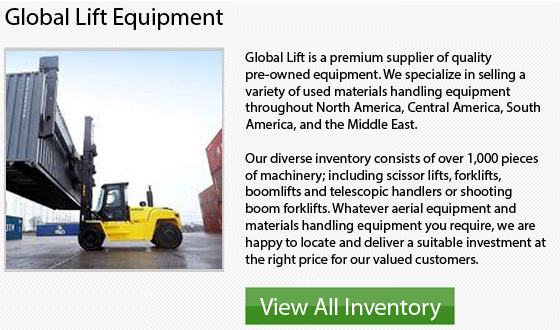
In 1958, Doosan Infracore began to make diesel engines and has continued R&D to help stay ahead of the curve in Korea's heavy and material handling industry. Doosan began during 1975, manufacturing diesel engines on a mass scale at its very first large scale facility. Within 10 years the production technology of the company had progressed to the point that production of its own diesel engine model was possible. Doosan's leadership position within the business was secured. During 1995 Doosan produced its very first low-emission diesel engine, followed by commercial vehicle CNG engines three years later. Since 2000, the company has developed technology for sophisticated common-rail engines, Tier 3-compliant engines and low-pressure natural gas engines. In order to comply with strict Euro emission control standards, the company developed a low-emission, heavy-duty diesel engine model during 2007.
Doosan has numerous facilities throughout the world which help make 60 different types of engines, as well as parts and materials. Products comprise natural gas engines and diesel engines for forklifts, trucks, construction machines, buses, generators, ships and many more. Engines range from 70 to 1,500 horse power. Annual output is presently 75,000 units.
Doosan still puts great emphasis on its R&D capabilities that focus on expanding into more markets and increasing output. Demand for more stringent policies governing engine emissions has led the company to make a compressed natural gas engine factory within the US during 2008, and a joint project plant within Xuzhou, China. The plant within China can produce 50,000 diesel engines each year, with production scheduled to start in the year 2011.